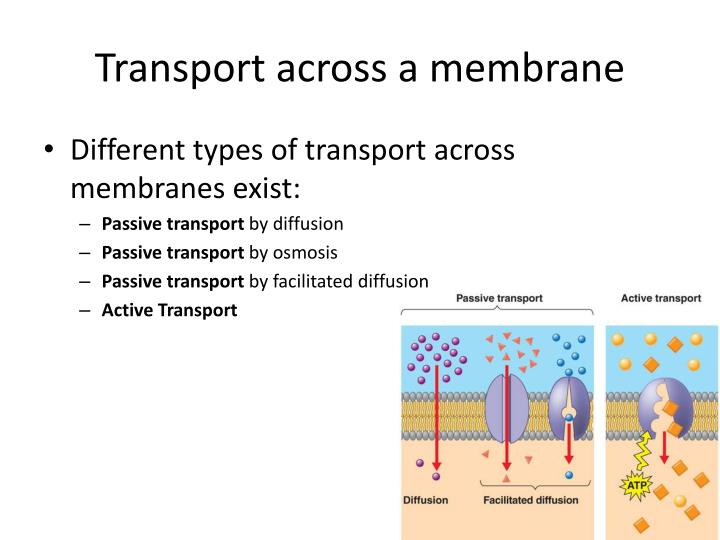

In this, there is the movement of another molecule with the secondary active transport against the concentration gradient, which is called as cotransporters.Ĭotransporters are of two types: symporters and antiporters. In the secondary active transport, the pore-forming proteins help in the movement of the ions by forming channels in the cell membrane, by using the electromagnetic gradient. In all three sodium ions are moved out of the cell, and two potassium ions are moved into the cells. The energy for this motion is provided by the hydrolysis of ATP. In this, the trans-membrane proteins present on the cell membrane recognized the extracellular fluid requirement of the cell and pumped the molecules to be transported. Sodium/potassium pump (Na+/K+ ATPase), is the best example of active primary transport. In the primary active transport, the proteins present in trans-membrane identify the substance which is to be transported and then by using chemical energy ATP, pump these molecules to their respective place. Active transport is classified into two categories, like primary active transport and secondary active transport. are being transported through this system. The larger cells and molecules like proteins, lipids, sugars, etc. In this process, the molecules are the pump in the upward direction, and it is the unidirectional process, and therefore this process requires energy in the form of ATP also known as Adenosine triphosphate. In the active transport, the molecules are carried from the region of lower concentration gradient to the region of the higher concentration gradient. It is used to maintain the equilibrium, within and outside the cell of nutrients, water and gases, etc. Though the function of both types of transport is to carry ions and molecules, separately active transport is used to carry through the cell membrane. There is the required energy, which is in the form of ATP.Įndocytosis, Exocytosis, Proton pumps and Sodium potassium pumps. Oxygen, monosaccharides, water, carbon dioxide, lipids are the few soluble materials which are being transported through this way.

Macromolecules like proteins, carbohydrate (sugars), lipids, large cell are few of the materials which are transported by this way. It is the rapid process, which occurs in one direction. In this, the molecules are moved downwards. With the use of ATP, it pumps the molecules upwards. The movement of molecules is from low concentration to high concentration, which means they move along the concentration gradient. The movement of molecules is from high concentration to low concentration, that means they move against the concentration gradient. The movement of molecules within and across the cell membrane and thus transporting it through the concentration gradient, without using ATP (energy) is called as Passive transport.

The movement of molecules across the cell membrane, pumping the molecules against the concentration gradient using ATP (energy) is called as Active transport. With this, we will discuss the important points, which distinguish the two types of transport system. Few specialized proteins along with semi-permeable membrane support the entry of the molecules.

The outer layer is made up of the phospholipid bilayer, which maintains the homeostasis of the cell and checks the entry of the substances. The main aim of both the transport system is to carry molecules and ions across the cellular membrane. This transport mechanism present in the body is of two types, like active and passive. These cells transport nutrients, chemicals, and other substances to other cells, by using this vital transport system. But some specialized cells are assigned to do the specific task, which is essential for body growth and development. It is responsible for all the activities that occur inside our body. We all know that cell is the basic unit of life.


 0 kommentar(er)
0 kommentar(er)
